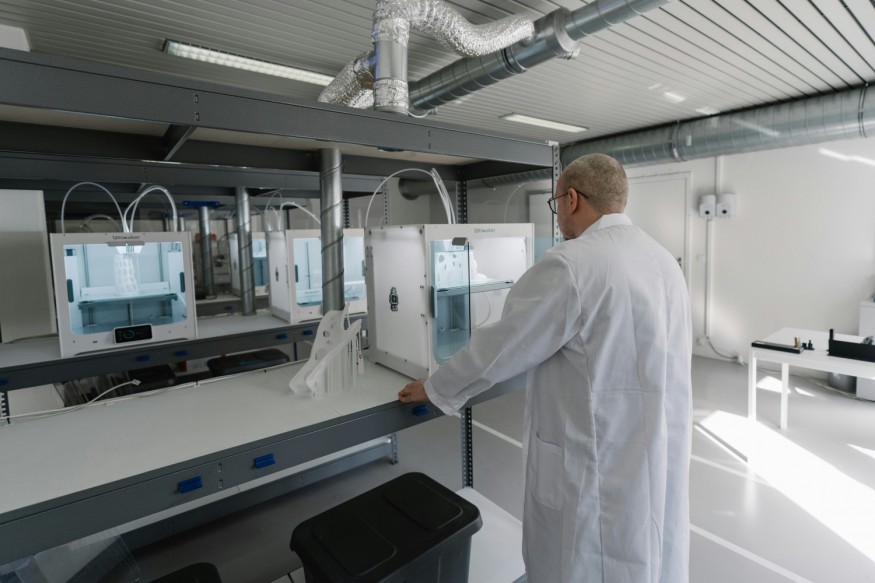PLP Labs Unveils 3D-Printed Mycelium Building Blocks for Greener Construction Practices

A groundbreaking development in architecture is set to transform the construction industry: modular building blocks made from 3D-printed wood and mycelium, the vegetative part of the fungus. This innovative approach, developed by PLP Labs, the design research arm of the London-based PLP Architecture firm, promises to revolutionize the way we build.
These modular building blocks are versatile, biodegradable, reusable, lightweight, and fire-resistant. They are created by filling a mold with a mixture of sawdust, hemp, and flax. Mycelium grows through the block, forming a network that could replace traditional bricks and other building materials.
From Architecture to Sumbiotecture
PLP Architecture is shifting its focus from conventional architecture to "sumbiotecture," a new paradigm emphasizing collaboration with nature. This shift is driven by the construction industry's significant environmental impact, contributing to 40% of annual global carbon dioxide emissions.
Mycelium, known for its applications in various fields, from "myceliotronics" to other building uses, could be a key player in addressing climate change. The PLP team aims to extend the functionality of mycelium from minor applications like insulation and acoustic boards to primary structural uses, including load-bearing blocks.
Innovative Properties and Potential
Associate partner Abhinav Chaudhary described mycelium's unique properties in a video about the brick-making development: "It grows underground and absorbs nutrients from its surroundings, creating a fibrous, amalgamated matter that eventually sprouts mushrooms." This natural process forms the basis for the innovative building blocks.
Senior associate partner Jenya Andersson elaborated on mycelium's potential: "It's very ecological, completely renewable, sustainable, and biodegradable. Once you get a finished product, it also has amazing acoustic and insulation properties."
One demonstration showcased a solid cube housing a grid of dowels, acting as a strengthening framework for the mycelium to adhere to. This setup highlights the potential for mycelium-based blocks to replace traditional, non-renewable building materials like concrete and steel, which are neither renewable nor biodegradable.
Environmental Impact and Commercial Potential
PLP emphasizes the environmental advantages of its mycelium blocks. Unlike conventional materials, mycelium can be grown and harvested with minimal environmental impact, making it a highly sustainable option for the construction industry.
The company is also exploring related ventures, such as commercializing DIY fabrication kits that can be custom-molded to fit specific needs. Additionally, they are studying the physical gaps that mycelium can bridge, further expanding its potential applications.
In a time-lapse video, Andersson highlighted the organic nature of the mycelium structure: "We have a complete solid structure using a lot less material. It's a very organic form, and it's very exciting to see where this will take us."
The development of 3D-printed mycelium building blocks by PLP Labs represents a significant advancement in sustainable construction. These blocks could revolutionize the industry with their ecological benefits and versatile applications, offering a renewable, biodegradable alternative to traditional building materials. As PLP continues to explore and expand the potential of mycelium, the future of construction looks greener and more innovative than ever.
From Digital Models to 3D-Printed Homes: Jaspreet Kaur Lall Explains How the Innovation Changes the Construction Industry

Future Belongs to Green Construction: Sampath Kumar Paspunoori Explains One of the Key Trends in the Construction Industry

Kamala Harris' Campaign Ad Uses Iconic Visuals from Carrie Mae Weems to Connect with Voters

Historic Ancient Roman Ruins in Baalbek Remain Strong After Israeli Air Strikes; Locals Seek Cultural Protection

4 Ways to Honor Departed Loved Ones in Your Home Design














